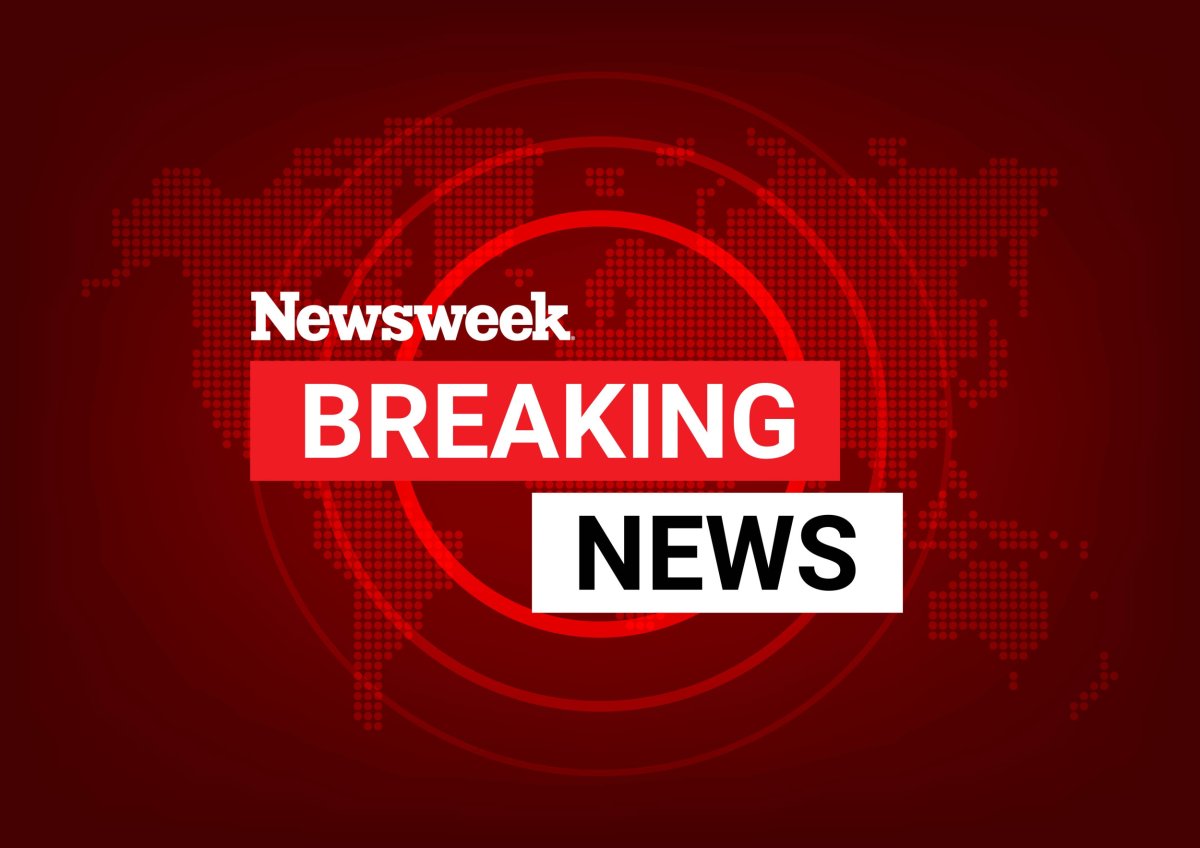-
3 off-duty L.A. County deputies beat man at bar, lawsuit alleges - 4 mins ago
-
Raiders Owner Mark Davis Makes Shocking Tom Brady Admission - 24 mins ago
-
Morrissey Seeks to Sell His Rights to the Smiths’ Songs - 25 mins ago
-
Influential left-wing group seeks to oust L.A. Democratic congressman - 45 mins ago
-
WNBA Star Angel Reese Sounds Off on Viral Report of Chicago Sky Frustration - 59 mins ago
-
Wall Street’s Bet Against the Trump Tariffs - about 1 hour ago
-
Was that young bald eagle visiting Jackie and Shadow’s nest their baby? - about 1 hour ago
-
Supreme Court Approval Rating Near Historic Low - 2 hours ago
-
Portugal Searches for Cause of Lisbon Funicular Crash as Death Toll Rises - 2 hours ago
-
Homelessness has declined in L.A. County. Funding cuts threaten that progress. - 2 hours ago
Chinese Warships Shadow US and Allies in South China Sea: Official
China has issued a sharp protest after the U.S., Australia, and Canada joined the Philippines in naval drills Wednesday in the contested South China Sea.
The People’s Liberation Army said it carried out its own patrol in the waterway that same day, with a Philippine official telling Newsweek Chinese warships were spotted shadowing the exercise from a distance.
Why It Matters
China and the Philippines, a U.S. treaty ally, remain locked in a territorial dispute as Beijing expands its presence in the latter’s maritime zone. Beijing’s forces have responded to Philippine challenges with blockades, ramming maneuvers, and water cannon, raising fears that a miscalculation could draw the United States into a conflict with its military rival.
China asserts sovereignty over more than 80 percent of the South China Sea, a conduit for roughly one-third of global maritime trade and believed to hold vast oil and gas reserves. A Hague-based arbitral tribunal largely sided with Manila and dismissed Beijing’s sweeping claims in a 2016 ruling China claims is invalid.
Newsweek reached out to the Philippine military, Chinese Defense Ministry, and Canadian Department of National Defense via emailed request for comment.
What To Know
The participating countries conducted the drills on Tuesday and Wednesday inside the Philippines’ exclusive economic zone (EEZ), off the west coast of Zambales province on the main island of Luzon, according to a statement from the Philippine military.
Late Wednesday, Senior Colonel Tian Junli, spokesperson for the PLA’s Southern Theater Command condemned the drills—collectively known as a “multilateral maritime cooperative activity (MMCA)”—as destabilizing.

Philippine Armed Forces
“The Philippines, by roping in outside countries to carry out so-called ‘joint patrols,’ is undermining regional peace and stability,” Tian said. He added that the command had carried out its own patrol in the South China Sea, without giving details of the location, and said its forces remained on “high alert” to “resolutely safeguard national territorial sovereignty and maritime rights.”
“Any attempt to stir up trouble in the South China Sea and create flashpoints will not succeed,” he warned.
Roy Trinidad, a spokesperson for the Armed Forces of the Philippines’ West Philippine Sea office, dismissed the remarks. He told Newsweek they were “part of [China’s] malign influence operations to justify their illegal presence in the country’s EEZ.”
During the drills, Philippine forces said they detected two Chinese warships shadowing the flotilla: a Luyang-class (Type 052) guided missile destroyer and a Jiangkai-class (Type 054) frigate about 40 nautical miles southeast of Scarborough Shoal. Trinidad stressed the Chinese ships were not showing behaviors—such as synchronized movement—that would suggest they were conducting a patrol.
“The Armed Forces of the Philippines is not only capable of defending our national interests, but is also prepared to do so in a manner that is responsible, guided by established protocol and consistent with international law,” he said.
Scarborough Shoal, traditionally a rich fishing ground for both Chinese and Philippine anglers, is one of the most hotly contested features in the territorial feud.
Tensions further escalated after two Chinese vessels, a navy destroyer and a coast guard craft, collided near the reef last month, heavily damaging the latter, while chasing a Philippine coast guard cutter.
The MMCA included personnel exchanges, at-sea logistics and resupply operations, and anti-submarine warfare training, the Philippine military said.
The Southeast Asian country’s navy was represented by guided missile frigate BRP Jose Rizal, a pair of helicopters, and a patrol plane.
Australia contributed the Hobart-class guided missile destroyer HMAS Brisbane, while the Canadian side deployed the Halifax-class frigate HMCS Ville de Québec and a CH-148 Cyclone helicopter.
Australia and the U.S. Navy’s 7th Fleet each provided a P-8A Poseidon surveillance plane.
The U.S. 7th Fleet said in a statement that the exercise demonstrated the countries’ “collective commitment to strengthen regional and international cooperation in support of a free and open Indo-Pacific.”
In a pointed reference to China’s claims, Australia’s Defense Department reiterated its support for the 2016 arbitral award that invalidated Beijing’s claims on the territory, calling it “final and legally binding on the parties.”
The MMCA followed Exercise Alon 2025, a joint Philippine-U.S.-Australian-Canadian exercise involving air, naval, and amphibious drills that ran from August 15 to 29.
What People Have Said
Romeo Brawner Jr., chief of staff of the Armed Forces of the Philippines, was quoted in the Philippine statement: “Just days after the successful conclusion of Exercise Alon, the 10th MMCA reaffirms our collective resolve to protect our seas and uphold a rules-based international order. We will continue to build on this foundation of trust, proving that we are indeed stronger together.”
What’s Next
China is expected to continue pressing its claims inside the Philippine EEZ. Manila is expected to keep up its challenges, with President Ferdinand Marcos Jr. reiterating last month his pledge not to cede “one square inch” of territory.
The Philippines is also expected to expand defense cooperation with partner navies active in the Pacific. At the same time, it is pursuing a $35 billion military modernization campaign to strengthen its own capabilities.
Source link













